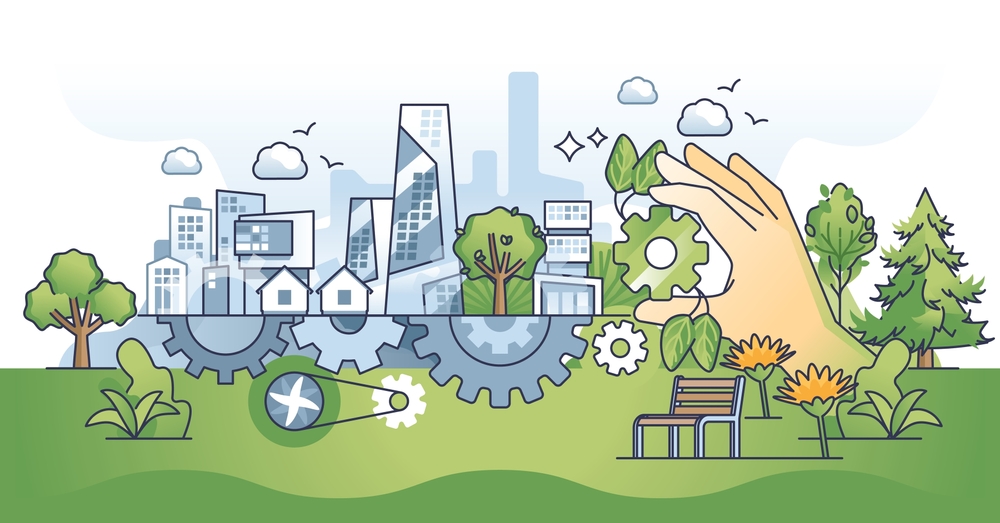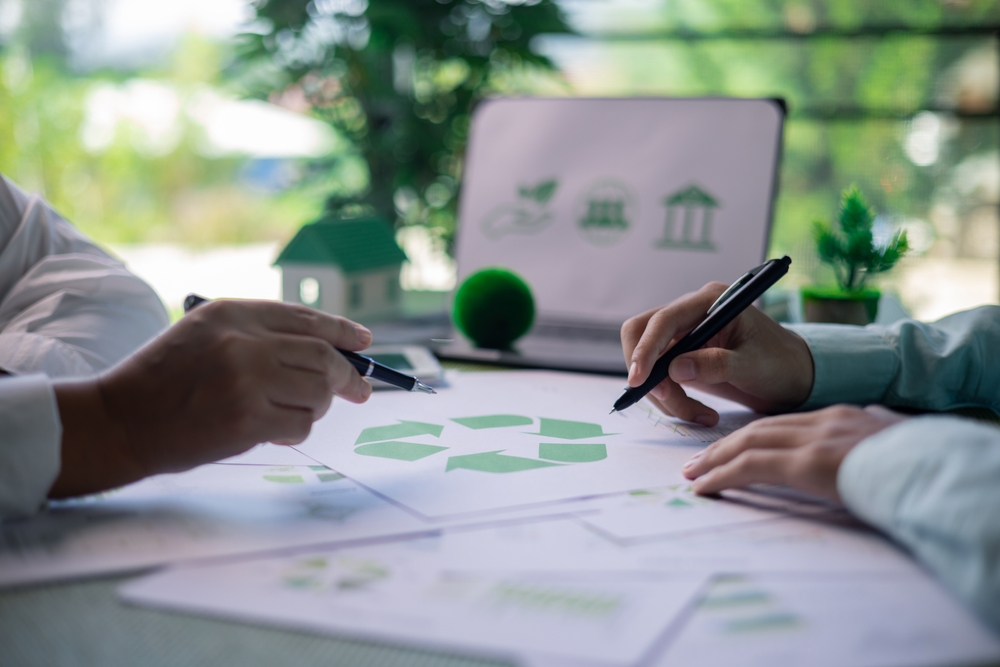Urban Development Design Build: Shaping the Future of Cities
Urban Development Design Build: Shaping the Future of Cities
Introduction
The evolution of cities worldwide is accelerating, with urbanization reaching new heights. As cities expand and evolve, effective planning and development are crucial. Urban development design build offers an innovative approach to managing large-scale construction projects by integrating design and construction processes, ensuring that urban spaces are both functional and sustainable. In this blog, we explore the importance and benefits of urban development design build in shaping the future of cities.
What is Urban Development Design Build?
Urban development design build refers to the integrated process of planning, designing, and constructing urban spaces through a single contract. This approach streamlines the entire development process by combining the design and construction phases, resulting in faster project completion, cost savings, and enhanced collaboration between stakeholders.
Urban development involves creating both residential and commercial spaces, as well as public infrastructure such as roads, utilities, parks, and recreational areas. With design build projects, developers are able to reduce delays, optimize resource usage, and create spaces that are more sustainable and suited to the needs of modern urban dwellers.
Key Features of Urban Development Design Build
- Collaborative Approach: The design and construction teams work together from the start, ensuring that the final result meets the expectations of both the client and the community.
- Faster Project Completion: The integration of design and construction phases leads to faster timelines and reduced project delays.
- Cost-Effective Solutions: By streamlining processes, design build projects can reduce overall costs through improved project coordination and efficient resource management.
- Sustainable Development: Urban development design build allows for the incorporation of eco-friendly materials, energy-efficient systems, and sustainable urban planning solutions.
- Enhanced Quality Control: A single contractor handles both design and construction, improving accountability and ensuring that quality is maintained throughout the project.
Benefits of Urban Development Design Build
✅ Efficiency and Time Savings
One of the main advantages of urban development design build is the efficiency it brings to large-scale projects. By combining the design and construction phases into one, projects can be completed faster. Design changes can be implemented more quickly, and the risk of delays due to miscommunication or errors between the design and construction teams is minimized. The collaborative nature of design build ensures that all parties are aligned from the beginning.
For example, a residential or mixed-use development that integrates both commercial spaces and public facilities can be completed within a shorter timeline, benefiting both developers and future residents.
✅ Cost-Effectiveness
The design build approach significantly reduces the overall project cost by eliminating the need for separate contracts for design and construction. With a single contract, developers benefit from streamlined coordination, reduced administrative overhead, and faster decision-making processes.
Additionally, design and construction teams can work together to identify cost-effective materials, methods, and technologies that can further reduce expenses while maintaining quality. This approach is particularly beneficial for urban developments, where costs can quickly escalate.
✅ Sustainability in Urban Development
Sustainability is at the heart of modern urban development. Urban development design build projects offer opportunities to implement green building practices and sustainable infrastructure. By integrating energy-efficient systems, renewable energy sources, and sustainable materials from the outset, developers can create urban spaces that are environmentally friendly.
For example, green building design can include solar panels, rainwater harvesting systems, and energy-efficient HVAC systems, which contribute to reducing the carbon footprint of the development. Moreover, by planning for sustainable public transport, waste management, and water conservation, urban spaces can become more resilient to climate change.
✅ Improved Communication and Collaboration
In traditional construction projects, poor communication between the design and construction teams can lead to delays and cost overruns. However, urban development design build allows for better collaboration, as the design and construction teams work together from the beginning of the project. This fosters transparency, minimizes misunderstandings, and ensures that the final development meets the expectations of all stakeholders.
With regular feedback loops between designers, engineers, and contractors, any issues can be addressed proactively, ensuring a smoother and more efficient project delivery.
✅ Customizable and Flexible Designs
Urban development design build projects offer flexibility in design. Since the construction and design teams are integrated, adjustments can be made quickly and efficiently. Whether it’s tweaking the layout of residential units or accommodating changes in infrastructure planning, the design build approach allows for greater flexibility.
This adaptability is particularly important in urban development, where unforeseen challenges—such as changes in zoning laws or environmental conditions—can arise. The ability to adapt designs and construction methods on the fly ensures that the project stays on track.

Challenges in Urban Development Design Build
While the design build approach offers several benefits, there are also challenges that developers need to consider:
- Complexity in Coordination: Managing both design and construction teams can be complex, especially on large urban development projects with multiple stakeholders.
- Initial Costs: Although design build projects are generally more cost-effective in the long run, they may require higher initial investment for integrated planning.
- Risk Management: With a single entity responsible for both design and construction, the risk is concentrated, meaning developers must be cautious when selecting experienced contractors.
However, with proper project management and experienced contractors, these challenges can be mitigated effectively.
Urban Development Design Build Examples
Some exemplary urban development projects have successfully utilized the design build method, creating sustainable, modern cities. Notable examples include:
- The Navi Mumbai Smart City Project: Incorporating smart infrastructure, renewable energy sources, and advanced technology to create a sustainable urban hub.
- Delhi’s Signature Bridge Development: A unique urban development project that combined advanced design and construction techniques to improve transportation infrastructure.
These projects highlight the potential for urban development to reshape cities and create spaces that are both livable and sustainable.
Conclusion
As cities continue to grow, the need for efficient, sustainable, and well-planned urban spaces becomes increasingly vital. Urban development provides a holistic approach to creating urban environments that meet the demands of modern living. By integrating design and construction processes, developers can deliver high-quality, cost-effective, and sustainable urban spaces more efficiently.
If you are planning an urban development project and are looking for innovative solutions, contact us to discuss how our expertise in design build can help you achieve your goals.
Construction Industry in India
- One of India’s largest construction and engineering companies, Campus Construction Cost Optimization provides services including project management, cost control, and engineering consultancy. For detailed information on their offerings, visit. Construction Industry in India
Read more related articles to enhance your knowledge and make informed decisions
10 Essential Steps in the Building Construction Process
How to Choose the Right Materials for Your Construction Project

